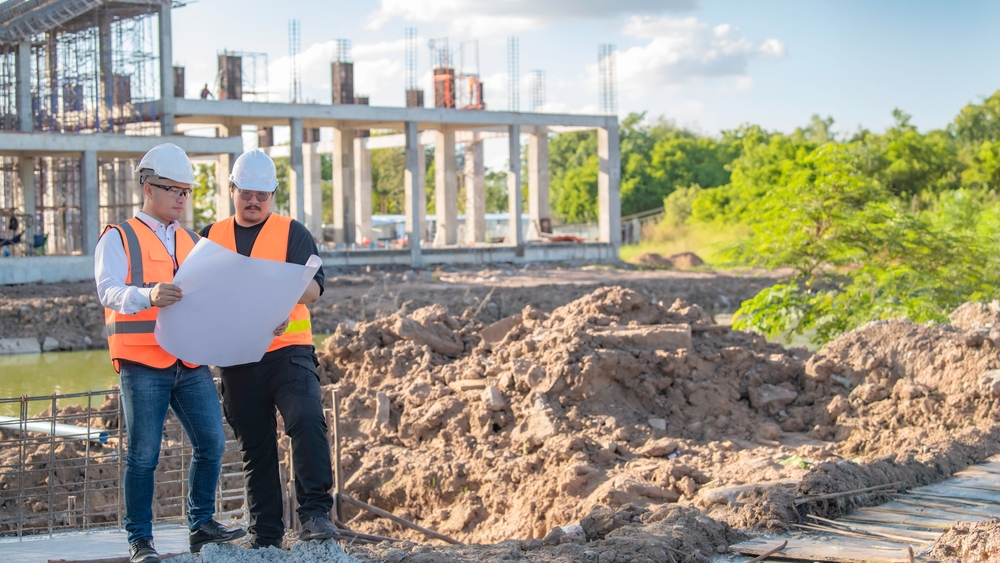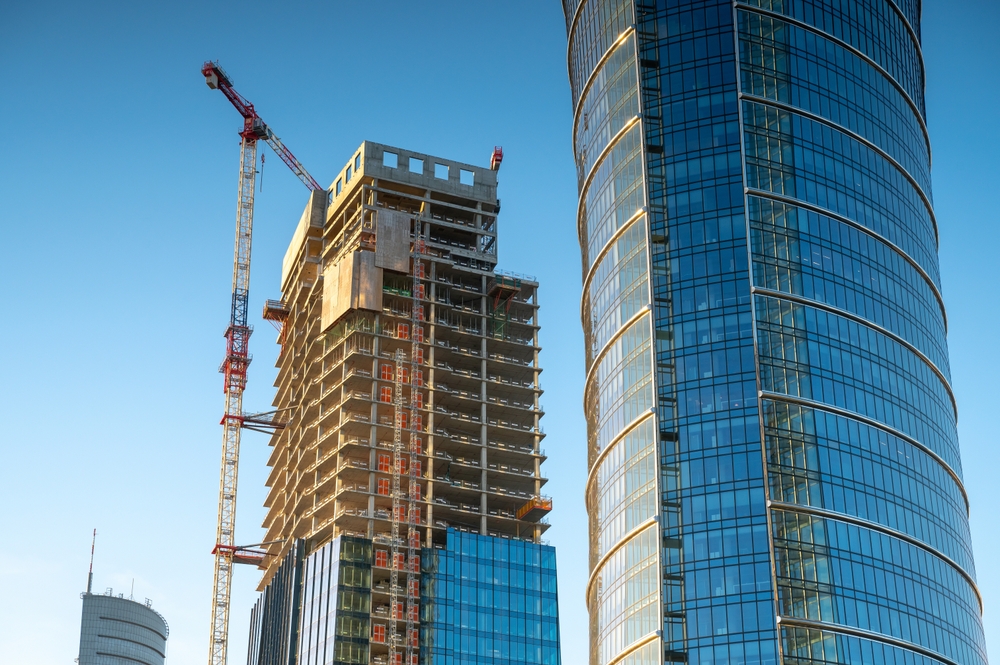How Building Technologies Are Shaping the Future of Housing
How Building Technologies Are Shaping the Future of Housing

Introduction
Building technologies are significantly transforming the housing sector, paving the way for a future marked by innovation, efficiency, and sustainability. As technological advancements continue to evolve, they offer new solutions to age-old challenges in housing development and management. This blog explores how building technologies are shaping the future of housing, focusing on their impact on design, construction, and daily living.
Smart Homes: The New Standard in Modern Living
Smart home technologies are revolutionizing the way we live by integrating advanced systems that enhance comfort, security, and energy efficiency.
- Home Automation: Modern smart home systems offer automation for lighting, heating, cooling, and security. Intelligent devices, such as smart thermostats and voice-controlled assistants, allow homeowners to manage their environment remotely, creating a more convenient and personalized living experience.
- Energy Efficiency: Smart meters and energy management systems help monitor and reduce energy consumption. Automated systems adjust energy usage based on real-time data, leading to lower utility bills and a smaller environmental footprint.
For further insights into smart home technologies, visit Smart Home Technology.
Sustainable Building Technologies: A Greener Future
Sustainability is at the forefront of modern housing developments, driven by advancements in building technologies that promote environmental responsibility and energy efficiency.
- Eco-Friendly Materials: Innovations in building materials, such as recycled and sustainable products, are becoming more prevalent. Materials like bamboo, reclaimed wood, and low-impact concrete contribute to reducing the carbon footprint of new homes.
- Renewable Energy Integration: Solar panels, green roofs, and rainwater harvesting systems are increasingly incorporated into residential designs. These technologies enable homes to generate their own energy and manage resources more effectively, aligning with global sustainability goals.
Learn more about sustainable building practices at Green Building Council.
Building Information Modeling (BIM): Revolutionizing Design and Construction
Building Information Modeling (BIM) is a transformative technology that enhances the design and construction of residential buildings.
- Enhanced Design Accuracy: BIM allows for detailed, 3D modeling of residential projects, providing a comprehensive view of the building’s structure and systems. This technology enables architects and builders to identify potential issues early in the design phase, reducing costly changes during construction.
- Improved Collaboration: BIM facilitates better collaboration among project stakeholders, including architects, engineers, and contractors. Real-time updates and shared data improve communication and coordination, leading to more efficient project execution.
Explore more about BIM and its benefits at BIM World.
Augmented Reality (AR) and Virtual Reality (VR): Transforming Property Viewing
Augmented Reality (AR) and Virtual Reality (VR) are reshaping how potential buyers and renters experience residential properties.
- Virtual Tours: VR technology allows prospective buyers to take virtual tours of properties, providing a realistic and immersive experience. This technology helps buyers explore homes remotely and visualize the space without physical visits.
- Augmented Reality: AR applications enable users to overlay digital information onto physical spaces. For example, AR can show how different furniture or décor items will look in a room, assisting buyers in making design decisions.
For more information on how VR and AR are influencing real estate, visit Architectural Digest.
The Future of Housing: Integration and Innovation
Looking ahead, the future of housing will be increasingly shaped by ongoing technological advancements and their integration into residential design and construction.
- Smart Cities: The concept of smart cities involves integrating advanced technologies into urban planning and housing developments. Features such as intelligent transportation systems, smart grids, and connected infrastructure will enhance the quality of life and sustainability in future urban environments.
- Advanced Construction Techniques: Innovations such as 3D printing and modular construction are set to revolutionize how homes are built. These techniques offer faster construction times, reduced costs, and increased customization options.

Conclusion
Building technologies are driving significant changes in the housing sector, creating smarter, more sustainable, and efficient living environments. As these technologies continue to evolve, they will shape the future of residential design and construction, offering new opportunities and solutions to meet the demands of modern living.
For expert guidance on integrating building technologies into your housing projects, visit AMS India.
Read more related articles to enhance your knowledge and make informed decisions
10 Essential Steps in the Building Construction Process
How to Choose the Right Materials for Your Construction Project








